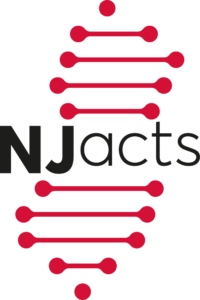 Please read Dr. Engel’s article in Gene Therapy titled, “Novel tool to quantify with single-cell resolution the number of incoming AAV genomes co-expressed in the mouse nervous system.“
Please read Dr. Engel’s article in Gene Therapy titled, “Novel tool to quantify with single-cell resolution the number of incoming AAV genomes co-expressed in the mouse nervous system.“
AAV-based gene therapies are well established to treat inherited and acquired diseases with known nonfunctional or dysfunctional gene products. In addition, AAV vectors are essential tools in neuroscience research to identify and manipulate neuronal circuits in animal models. AAV vectors are typically used to trace cell circuits, measure neuronal dynamics such as intracellular levels of calcium (GCaMP), glutamate (iGluSnFR), γ-aminobutyric acid (iGABASnFR) and dopamine (dLight) among other applications. Furthermore, precise, conditional spatiotemporal nerve circuit manipulation leading to the understanding of complex biological behaviors is now possible with in vivo AAV-based delivery of chemogenetic (DREADD) and optogenetic (channelrhodopsins) tools. Three AAV-based gene therapies are already approved, and a significant number are in phase III clinical trial. Recombinant AAV vectors provide efficient gene transfer, broad serotype-dependent tropism, low risk of insertional mutagenesis, and long-term transgene expression in transduced cells. To read the full article.
Novel tool to quantify with single-cell resolution the number of incoming AAV genomes co-expressed in the mouse nervous system. Maturana CJ, Verpeut JL, Kooshkbaghi M, Engel EA. Gene Ther. 2021 Jun 28. PMID: 34176926 DOI: 10.1038/s41434-021-00272-8
.
